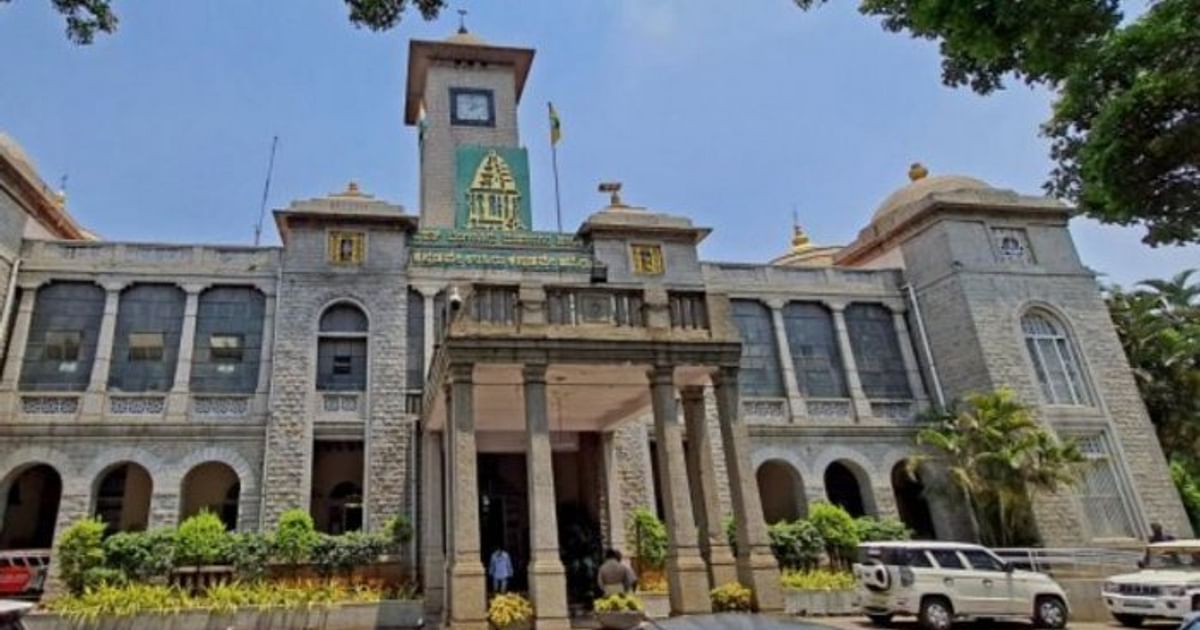Fixing issues needs political will
Fixing issues needs political will The Government of India Economic Survey (Bengaluru Mahanagara Palike's (BBMP) property tax collections are below potential, with an estimated Rs 3,000-9,000 crores uncollected. The report suggests that the BBMP’s structural set-up is that the property tax target for the year is the person responsible for ensuring collections. This creates perverse incentives to understate the potential while looking good in terms of a high percentage collected vis-a-vis targets. All properties are not in the tax net, with many existing buildings not appearing in BBMP records, and the built-up square feet area shown for taxation is often below the actual reality. The solution to increase property tax collection is to shift to the Capital Value System, where the tax is levied as a percentage of the property's market value, and there is a need for a unique property ID to link the databases. However, this is not currently being considered a viable solution due to a citizen-friendly outlook on the new zoning for a property. The article suggests that sharing the databases between Bangalore Electricity Supply Company Limited (BESCOM), Bangalore Water Supply and Sewerage Board (BWSSB) and BBMP) can address this issue.

Published : 2 years ago by V Ravichandar in Politics
Over the last two decades, particularly when financial resources are crunched, one gets a sense of déjà vu when the leadership makes statements of how the Bruhat Bengaluru Mahanagara Palike’s (BBMP) property tax collections are way below potential and how we need to do something about it.
Over eight years ago, the Government of India Economic Survey indicated that Bengaluru collects only a fifth of its potential. It does seem we are leaving something between Rs 3,000-9,000 crores uncollected, depending on whom you listen to.
A problem in the BBMP’s structural set-up is that the person (or office) indicating the property tax target for the year is the person who is also in charge of ensuring collections. Consequently, considerable perverse incentives exist to understate the potential while looking good in terms of a high percentage collected vis-a-vis targets.
Firstly, all properties are not in the tax net. Many existing buildings on the ground do not appear in BBMP records. Even where properties (including large campuses) are listed, the built-up square feet area shown for taxation is often way below the actual reality.
The property GIS database is way off the mark, with no proper geocoordinates for each property. No system for transferring newly cleared plans or occupancy certificates into the property database exists. One wonders if there are cosy arrangements between the field officials and the owners since it is common knowledge that BBMP officials are aware of every construction activity in the city. And if such arrangements do exist, how can the same people fix the problem?
The two areas where there is considerable misreporting are owner-occupied/rental status and whether residential/commercial. The taxes in the latter cases are twice the former’s rates. The rental status can easily be fixed if BBMP can get the courts to request for property tax payment classification before admitting any tenancy dispute cases—few owners will risk their inability to go to court against the tenant for the savings a false declaration offers.
The commercial usage shown as residential can be tackled by sharing the databases between Bangalore Electricity Supply Company Limited (BESCOM), Bangalore Water Supply and Sewerage Board (BWSSB) and BBMP. For this, there is a need for a unique property ID to link the databases, and all agencies must follow a unique property ID not linked to the ward number. Thus far, there has been zero interest in getting this done.
One standard solution to increase property tax collection is to shift to the Capital Value System, where the tax is levied as a percentage of the property’s market value. We do not have a transparent property pricing discovery system. The nearest proxy is guidance values that get revised upwards occasionally.
Our current self-assessment scheme (SAS) process can rezone the areas based on the new guidance value bands. But it is equally important from a citizen-friendly outlook to have the online property tax records reflect the new zoning for a property. The online system must be more user-friendly and intuitive and allow for changes to property with an appropriate verification process.
BBMP’s property tax collection can reach its true potential if we have the necessary political will, administrative commitment and law-abiding citizenry to work in tandem. The essence of the SAS was to trust the owner to tell the truth over expecting a revenue officer to uncover a lie.
